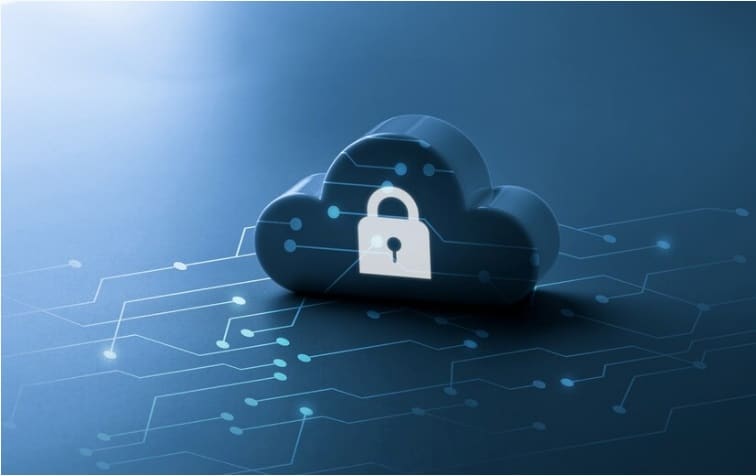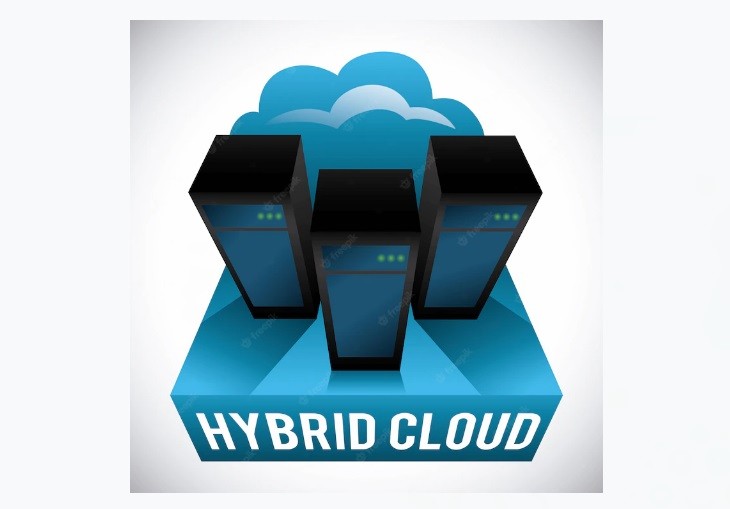When it comes to cold storage, Blu-ray discs are probably not the way forward.
That’s despite Facebook demonstrating a prototype Blu-ray cold storage system that uses 10,000 disks to hold around a million gigabytes of data in January at the Open Compute Project summit. The company needs cold storage to store backups of users’ videos and photos – vast amounts of cold data that will rarely if ever need to be accessed again.
Facebook’s Blu-ray system yields some impressive figures: Facebook told the summit that its optical disk system is half the price, and five times more energy efficient, than the disk based cold storage it uses at the moment.
But is Blu-ray the future? Almost certainly not, according to Mark Peters, a senior analyst at Enterprise Strategy Group. “Some of what Facebook was doing was laying out a challenge to storage vendors,” he says. “I think what they were really communicating was that there is a need for low cost reliable storage.”
By setting a benchmark with its Blu-ray system, Facebook is really telling vendors to go and make something that is some combination of lower cost per gigabyte, more reliable, more energy efficient and smaller form factor than anything currently available, in other words.
So what are the options then? There are a number of possibilities, and each may be the best solution in certain use cases, according to Henry Baltazar, a senior analyst at Forrester. That’s because not all cold storage needs are alike, he says: you may need to be able to store very large files, you may need very fast access to cold storage files on the occasions that you need them, or you may be happy to wait a considerable amount of time before files in cold storage are accessible.
One cold storage medium that Facebook mentioned it may consider for cold storage in the future is flash storage. On the face of it that sounds absurd, as flash is expensive and usually used for hot storage. For example, in caches where a changing pool of data is needed frequently and very quickly.
But the cost of flash is connected to its reliability and its ability to be written to without wearing out, so in theory it may be possible to make very cheap, very low quality storage that can only be written to once or twice. For normal flash storage uses that would be no use at all, but for it might be well suited to cold storage duties.
There are two potential problems here. At the moment this type of cheap solid state storage product simply doesn’t exist – although it may be in the future, perhaps as bi-product of a manufacturing process that yields a very low proportion of high quality flash.
The other is that it would still likely be more expensive than many other storage mediums such as tape and optical drives.
But Baltazar points out that it would have benefits, too. “Even if is still relatively expensive per gigabyte of storage, the advantage would be that it could be lit up in milliseconds, so data access times from “cold” would be quick. There are use cases where you need this type of high end cold storage.”
This would include cases where large quantities of data are held for Big Data analysis. “You don’t need that data to be available all the time, but when you do want it you want it quickly. Ideally you need to light it up quickly for Big Data analysis, then let it go cold again,” he says.
Using cheap flash in this way would have another advantage too, according to ESG’s Mark Peters. “Flash is a mainstream storage medium, and we know how to integrate it, and we have software for it already. The only challenge is to get “crappy flash” at a low enough price.”
The next cold storage tier down is likely to be tape or disk – or a hybrid of both – Baltazar believes. “That’s what I would use for large video files and HPC data,” he says. “These may well be files that are too big to store on Blu-ray disks, which have a relatively low capacity. Blu-Ray may suit Facebook (for backing up users’ photos) but it certainly wouldn’t suit everyone.”
The benefit of tape is that it offers large storage capacities at low cost and data can be streamed off it at a high rate. Baltazar also highlights hybrid storage devices that offer the best of the benefits of disks and tape. “You can use the disk space as a cache, with the main storage on tape, or you could use the disk space to store metadata like thumbnails on disk, while the high res video that the thumbnails represent is stored on tape,” he adds.
To many people, tape storage represents the past rather than the future, but Mark Peters believes that they don’t realize just how far tape has come in the last twenty years or so. “Why would people not use tape for cold storage? I struggle with this question because everything I have seen seems to suggest that tape is between one half and one tenth the price as anything else I have seen that can store data for a long time,” he says.






